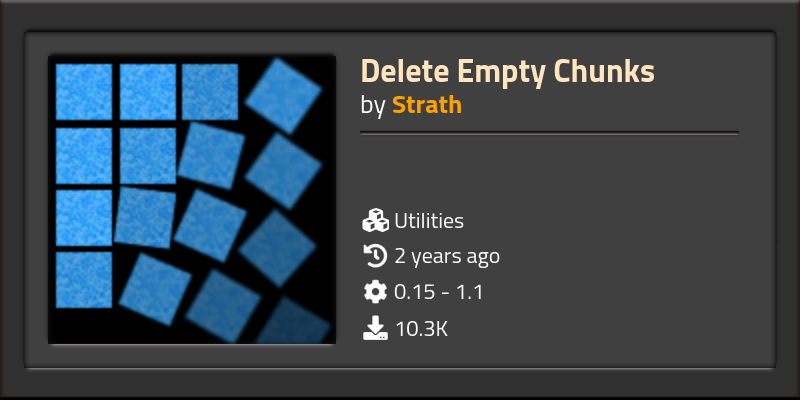However, if you have changed these credentials before or purchased a pre-configured unit from an internet service provider (ISP), use those specific details instead.
Once logged in successfully, you will gain access to the dashboard of your Orbi Router settings where various options are available for customization according to personal preferences.
It’s worth noting that changing default usernames and passwords should be one of the first steps after logging in for security reasons; using strong passwords helps protect against unauthorized access attempts.
Within the dashboard interface itself lies numerous features waiting for exploration – from basic settings like network name (SSID) and password changes to advanced options such as parental controls, guest network setup, and firmware updates.
For those who prefer a more hands-on approach, the Orbi app is available for download on both iOS and Android devices. This app provides an intuitive interface that allows users to manage their router settings conveniently from their smartphones or tablets.
In conclusion, mastering the login process of your Orbi Router is essential for maximizing its potential. By following these simple steps outlined above, you can easily access your router’s settings page and customize it according to your needs. Remember to change default credentials for enhanced security measures and explore all the features offered by this powerful device. With a reliable internet connection at your fingertips, you can enjoy seamless browsing, streaming, gaming experiences without any interruptions or worries about connectivity issues.Chunk Cleanup: Deleting Chunk Files with Precision
In the world of data storage and management, chunk files play a crucial role.
These files are used to store large amounts of data in smaller, manageable chunks. However, over time, these chunk files can accumulate and take up valuable storage space. To address this issue, a process called “chunk cleanup” has been developed to efficiently delete unnecessary chunk files.
Chunk cleanup is the process of identifying and deleting redundant or obsolete chunk files from a storage system. This process ensures that only relevant and necessary data is retained while freeing up valuable disk space for other purposes.
One of the key challenges in implementing an effective chunk cleanup mechanism is ensuring precision in identifying which chunk files should be deleted. Deleting incorrect or still-relevant chunks could result in loss of important data or disrupt ongoing processes that rely on those chunks.
To achieve precision in chunk cleanup, various techniques have been developed:
Metadata Analysis: By analyzing metadata associated with each chunk file, it becomes possible to determine its relevance and importance. Metadata such as creation date, last access date, size, and usage frequency can provide insights into whether a particular file is still needed or not.
Usage Patterns: Analyzing usage patterns can help identify unused or rarely accessed chunks that may no longer be required for day-to-day operations. For example, if certain chunks haven’t been accessed within a how to delete chunkts files specified period (e.g., six months), they are likely candidates for deletion.
Data Deduplication: Duplicate data often occupies significant storage space unnecessarily. Implementing deduplication techniques allows identification and removal of duplicate chunks without affecting overall system functionality.
User-defined Policies: Administrators can define policies based on specific requirements to guide the cleanup process effectively.
